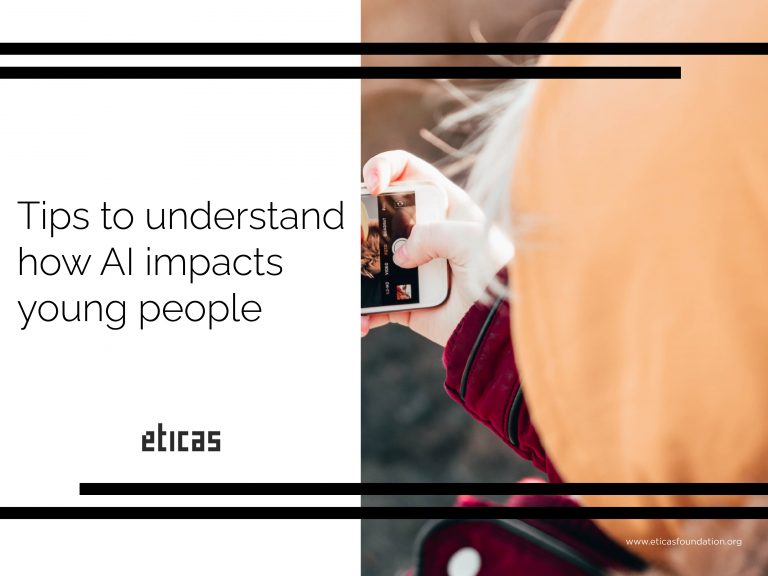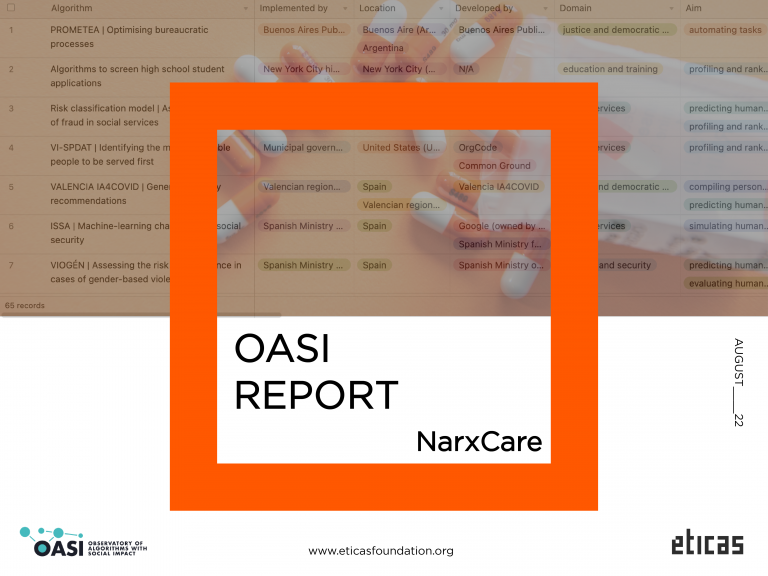
The Carolinas HealthCare, a large network of hospitals and services, is currently applying an algorithmic risk-assessment system to target high-risk patients by using a variety of data such as purchasing records and other environmental variables (Data & Civil Rights Conference, 2014). Algorithmic systems are being used to analyze consumer habits of current or potential patients and construct specific risk profiles. According to a report, one of the largest hospitals in North Carolina “is plugging data for 2 million people into algorithms designed to identify high-risk patients” (Pettypiece and Robertson, 2014).
In general data analytics plays a considerable role the healthcare industry. While it poses to modernize the industry, bringing about unprecedented efficiency and advances, it also creates a unique set of challenges related to data privacy. People’s medical conditions and health can be deduced from a variety of indicators like purchasing history, phone call patterns, online browsing history, social media statuses, fitness tracking apps, and more (Rosenblat, et al., 2014). While this means that inferring sensitive medical information from data mining and analytics is a current reality, our present legislative and societal understanding of medical data practices still lag far behind. While systems like the Carolinas HealthCare network can help save lives through allocating resources according to their appropriate priority, the risk of misusing data can violate fundamental privacy rights and end fair access to healthcare.






